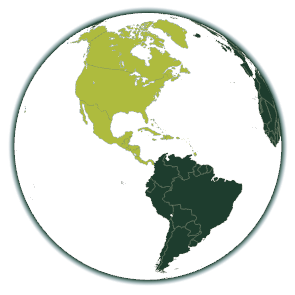Myriophyllum heterophyllum
Twoleaf Watermilfoil
The Twoleaf watermilfoil (Myriophyllum heterophyllum) is a perennial, mostly submerged freshwater plant that occurs in standing and flowing waters. The plant originates from North America and has established itself as an invasive species in many parts of Europe, Australia and New Zealand. It is characterised by long, pinnate leaves arranged in whorls along the stem. The leaves are dark green and can vary depending on growing conditions and environmental factors. Above water, differently shaped leaves often emerge than under water, hence the name "heterophyllum", which means "different-leaved". The flowers of the different-leaved centaury are small, greenish-white and appear from June to September. They are in the leaf axils and can be seen on short spikes above the water level. The plant reproduces both vegetatively by fragments of the plant and by seeds.
Types of damage
Region of origin
North America

Introduction vectors
Current distribution
Based on the FlorKart Database of the Federal Agency for Nature Conservation, as of 2013
Miscellaneous
Dispersion forecast
Indicates the proportion of land suitable for habitat under current and future climate conditions (2060-2080) under three emission scenarios (RCP26, RCP45 & RCP85).

Habitat suitability under current climate conditions
These habitat suitability maps show for Myriophyllum heterophyllum where suitable habitat conditions exist.
The map on the left shows this for current climate conditions. Below this are maps for the time classes 2040-2060 and 2061-2080, in which three different emission scenarios can be selected.
The slider at the top left allows you to adjust the opacity of the map to make orientation easier.
By clicking on the respective quadrant, information on the environmental conditions present in it can be called up.
The methodology is explained here .













